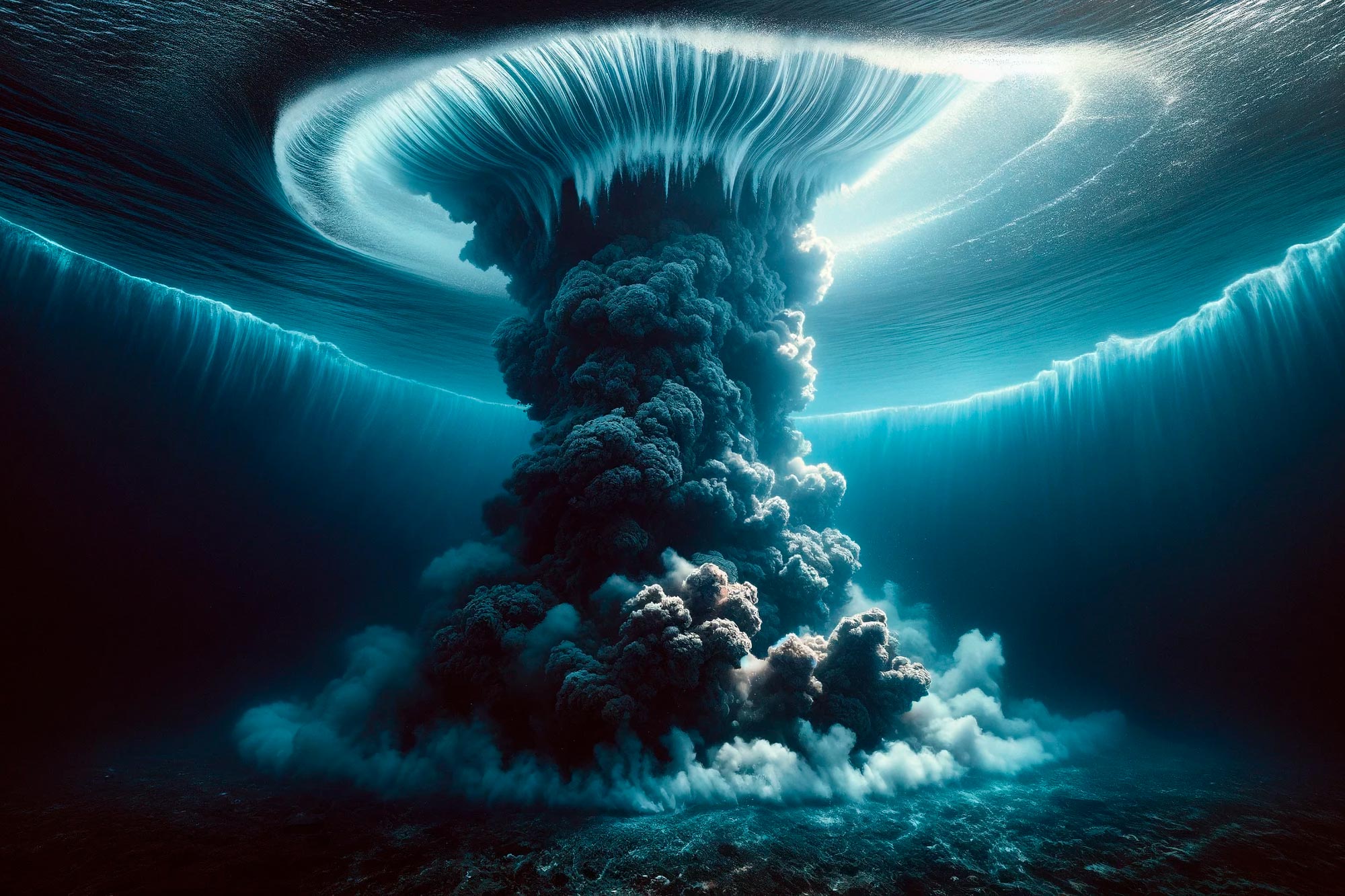Scientists recently conducted a study on the historical eruption of the Kolumbo underwater volcano, using state-of-the-art imaging techniques. The findings of their research shed light on the causes of the devastating tsunami triggered by the eruption, and also contribute to the development of monitoring methods for submarine volcanic activity.
A team of researchers, led by Dr. Jens Karstens from the GEOMAR Helmholtz Centre for Ocean Research Kiel, has successfully reconstructed the events surrounding the eruption of the Kolumbo volcano in the year 1650. By utilizing advanced imaging technology, the scientists were able to confirm that a combination of a landslide followed by an explosive eruption was responsible for the catastrophic tsunami described in historical records. The study, published in the journal Nature Communications, provides valuable insights into the eruption and its aftermath.
The eruption of the Kolumbo volcano was observed by residents of the Greek island of Santorini, who reported changes in the color and boiling of the surrounding water. Glowing rocks were ejected from the volcano, accompanied by fire, lightning, and dark plumes of smoke. Suddenly, the water receded and then violently surged towards the coastline, causing massive waves up to 20 meters high. The eruption was also accompanied by a loud explosion, which was heard over 100 kilometers away. Pumice and ash fell on nearby islands, and a cloud of poisonous gas claimed several lives. These details were documented by a French volcanologist in the 19th century, providing valuable historical evidence of the eruption.
To further investigate the events leading up to the tsunami, the research team used 3D seismic imaging techniques. The images revealed a 2.5-kilometer-wide and 500-meter-deep crater, indicating a massive explosion. The seismic profiles also showed severe deformation of one flank of the volcano, suggesting a landslide. By comparing these findings with historical accounts, the scientists concluded that only a combination of landslide and volcanic explosion could explain the observed tsunami. Computer simulations further supported this conclusion, demonstrating the impact of the combined events on wave height and sequence. The study’s results have important implications for future monitoring programs of submarine volcanic activity, potentially leading to the development of an early warning system.
The study of the Kolumbo eruption provides valuable insights into the dynamics of underwater volcanoes and their potential to cause tsunamis. By understanding the mechanisms behind such events, scientists can improve their ability to monitor and predict volcanic activity in real-time. This research contributes to ongoing efforts, such as the SANTORY project led by Prof. Dr. Paraskevi Nomikou, to develop more effective strategies for monitoring and mitigating submarine volcanic hazards. Ultimately, the goal is to create a comprehensive early warning system capable of protecting coastal communities from devastating tsunamis.
3D marine reflection seismics is a powerful geophysical technique used to study the subsurface structures of underwater environments. By analyzing the reflection of sound waves at layer boundaries, scientists can create detailed cross-sectional profiles of geological features. Marine 3D reflection seismics, as used in this study, involves deploying multiple measuring cables behind a research vessel to capture a three-dimensional image of the seabed. This method enables scientists to analyze the geology beneath the water’s surface and gain a deeper understanding of submarine volcanic systems.


